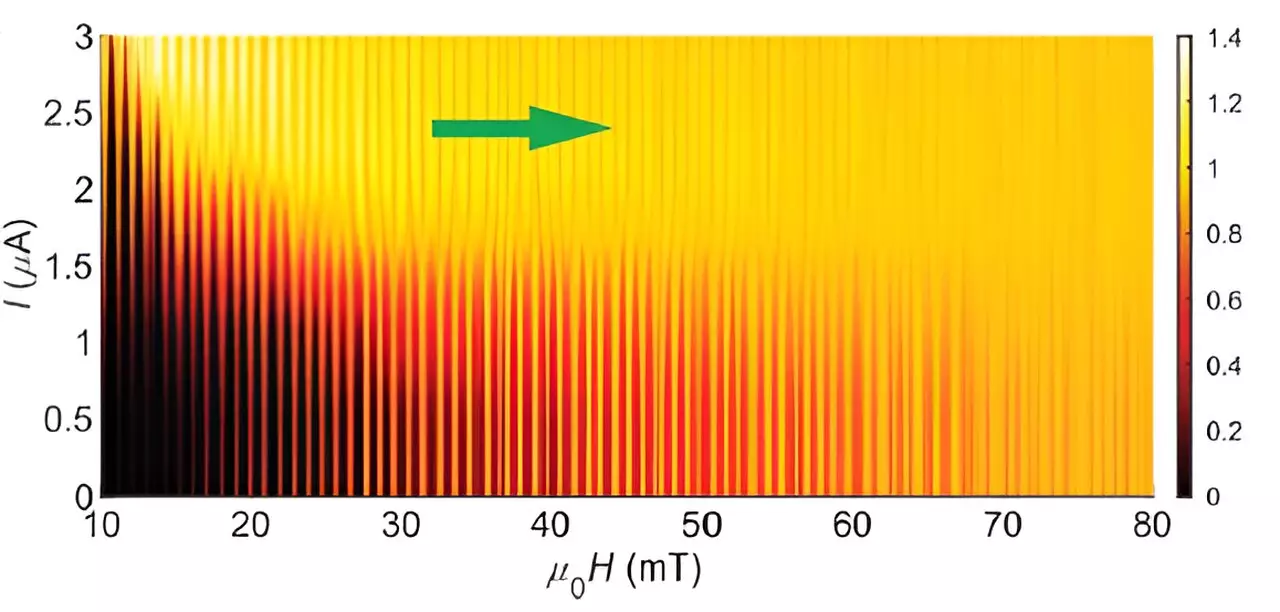Topological materials are a unique class of materials that possess extraordinary properties due to the intricate nature of their wavefunction, which governs the behavior of electrons within them. These materials exhibit knots and twists in their wavefunctions, leading to fascinating physical phenomena. When a topological material interfaces with its surrounding space, the wavefunction must unwind, resulting in the emergence of edge states. These edge states dictate how electrons behave differently at the edge of the material compared to the bulk, giving rise to a diverse range of characteristics.
In the realm of superconductivity, the marriage of topological materials and superconductors gives birth to a whole new realm of possibilities. When a topological material becomes a superconductor, both the bulk and edge regions exhibit superconducting properties, albeit in distinctive ways. This unusual scenario can be likened to two pools of water touching but refusing to merge. A recent study published in Nature Physics explores the behavior of superconducting edge currents in molybdenum telluride (MoTe2), shedding light on the resilience of these edge states in the face of changes in the bonding mechanisms that hold superconducting electrons together.
The emergence of topological superconductors holds significant promise for revolutionizing the field of quantum technologies. These unique materials are theorized to harbor special particles known as anyons, which possess the remarkable ability to retain their positional information. Unlike traditional electrons, anyons offer a novel approach to quantum computing by enabling error-resistant operations through their ordered arrangement. Furthermore, topological superconductors exhibit distinctive edge supercurrents that can be harnessed to manipulate anyons, paving the way for the development of advanced quantum technologies and energy-efficient electronics.
In the case of MoTe2, the transition to a superconducting state triggers intricate oscillations in the supercurrent, particularly at the edge of the material. These oscillations occur at a faster rate than those in the bulk, resulting in a characteristic modulation of the overall response. By depositing niobium (Nb) onto MoTe2, researchers aim to enhance the pairing potential of the material, as Nb possesses a stronger bonding capability. The influx of Nb pair potential into MoTe2 leads to a temporary reinforcement of the supercurrent oscillations; however, it also unveils the inherent mismatch between the pair potentials of Nb and MoTe2. This mismatch causes the edge electrons to toggle between the Nb and MoTe2 pair potentials, influencing the oscillatory behavior observed in the supercurrent.
The groundbreaking study not only validates the existence of edge supercurrents in topological superconductors but also demonstrates their utility in monitoring the behavior of superconducting electrons. The ability to manipulate and observe these edge supercurrents opens up avenues for unlocking the full potential of topological superconductors in advancing quantum technologies and ushering in a new era of efficient electronic devices. By delving into the intricate interplay between topology, superconductivity, and edge states, researchers are poised to unravel the mysteries of these extraordinary materials and harness their capabilities for transformative technological applications.


Leave a Reply